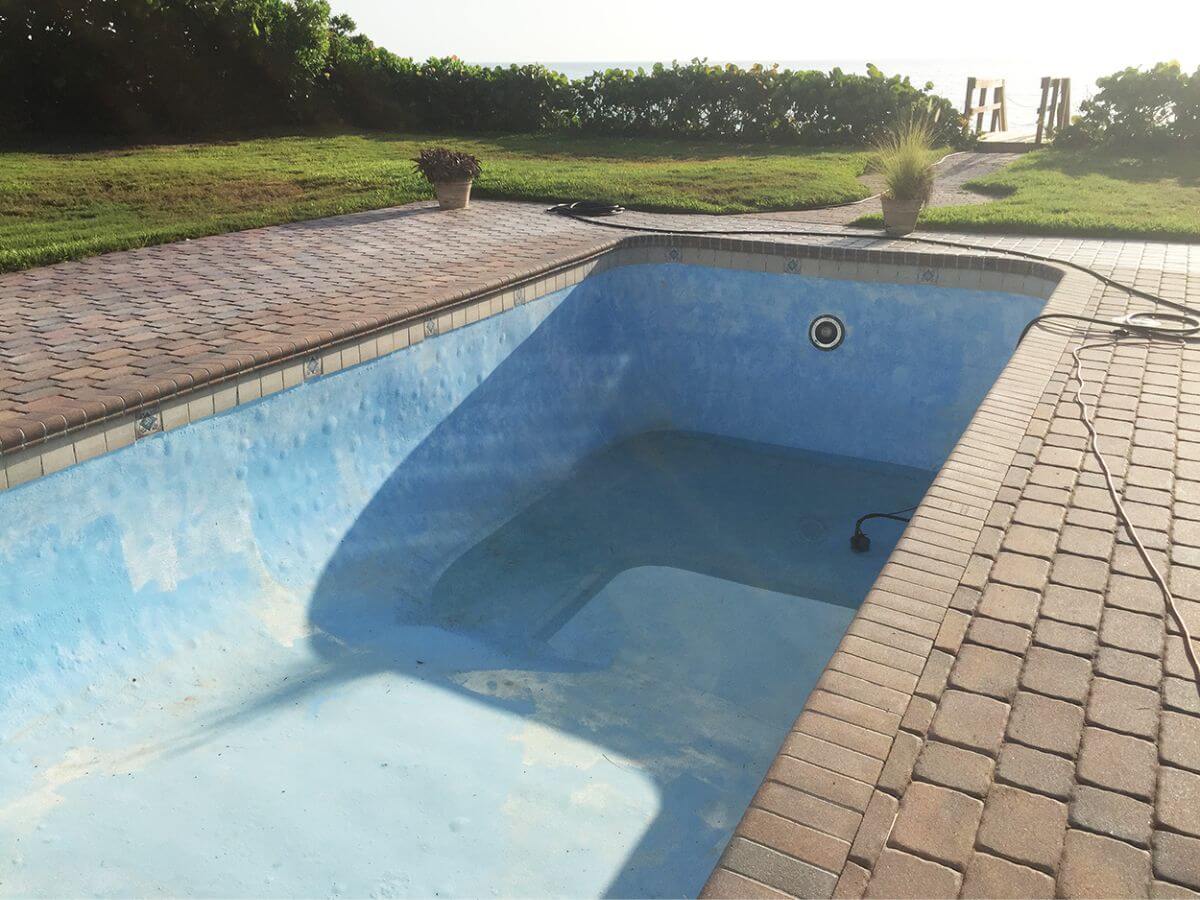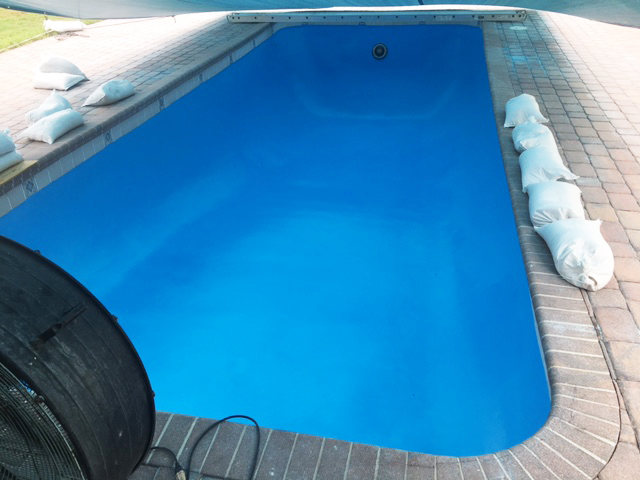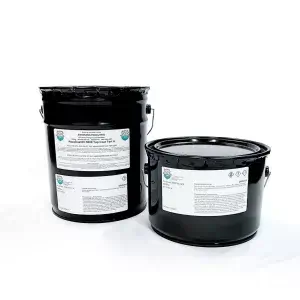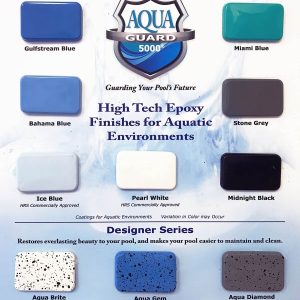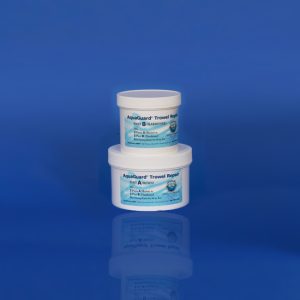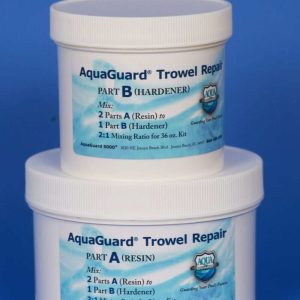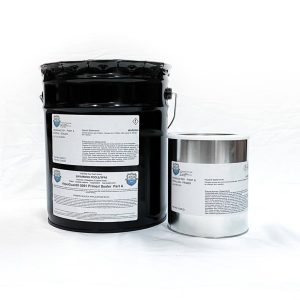BLISTERS IN FIBERGLASS POOLS
Common Problems in Fiberglass Pools
Why do Fiberglass Pools Blister?
Osmosis quite simply is the physical process by which a liquid from a weaker medium is drawn through a semi-permeable membrane into a stronger liquid medium. This is a process called Hydrolysis, a general term given to the reaction of any material with water soluble corrosive products which in turn create the cavities or blisters. For example, organic compounds like polyester resin are the main constituent to GRP (Glass Reinforced Polyester) laminates, which created a phthalic acid. The water molecules are so tiny that they actually pass through the gel coat surface of the pool. When they are allowed to come in contact with cheaper polyester resins they create blisters and expand with heat or direct sunlight.

